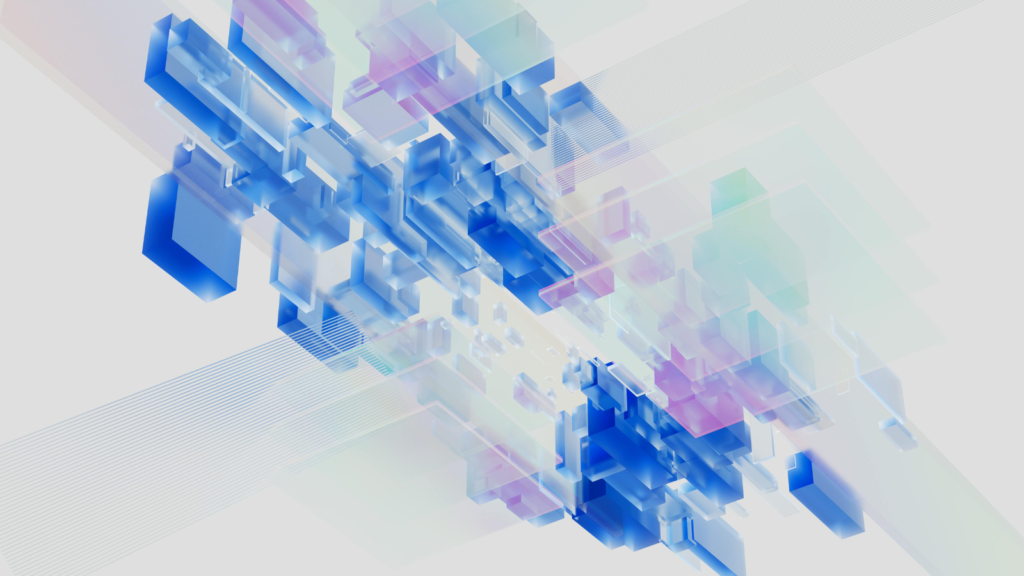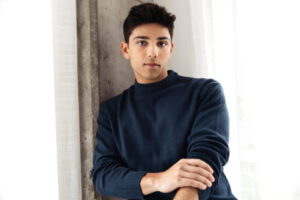How AI is changing what a photograph even is, for better or worse

Image by Google DeepMind on Pexels
Opinions expressed by Digital Journal contributors are their own.
Has a photograph ever been just that, a photograph — a realistic reproduction of a moment in time? Even from the beginning of photography, a century before the concept of artificial intelligence existed, technology was evolving to allow pictures to be manipulated. But this has never been more apparent than what has happened within the past five years.
Granted, once computers and technology became accessible to most people, which happened just a few decades ago, those “realistic reproductions” became a little less realistic and the ability to produce them became fast. Regardless, image editing, either simple contrast or brightness adjustments or larger edits, is nothing new.
In fact, in recent years, both Google and Apple camera apps have implemented more post-processing, so the pictures that we take on our phones now don’t quite match the raw data — even before we apply any filters.
Simple post-processing, however, is just the tip of the iceberg. With the help of AI, you don’t even have to worry about how to learn to be photogenic, although that can certainly still come in handy.
How AI is changing what a “real” photograph even is
Times sure are changing. Just earlier this year, Google rolled out AI-enhanced editing tools to all Google Photo users for free, with Apple offering similar tools on their end. Specifically, Google’s Magic Editor uses generative AI to edit photographs in a few ways, all of which happen with a simple button press.
Though not exactly “magic,” this tool allows you to edit photographs by selecting an object and pressing a button to erase, move, or resize it. This allows you to rearrange or change a photo’s composition to your liking. Too much dead space? Move stuff around. Someone’s shoulder sticking into your photo? Erase it. You can even select the sky to change the time of day or adjust the lighting.
Tools like Magic Edit are exceedingly easy to use, allowing you to perform edits that would’ve otherwise taken a skilled Photoshop user much longer to do on their own. Granted, the results are far from perfect: The edits, though painless to make, aren’t entirely seamless, showing some telltale signs that the image had been manipulated.
In most situations, you’ll notice a few artifacts or oddness around the areas that the generative AI had to fill in. At a glance, these edited photos will look good enough. But upon closer inspection, you’re sure to spot a few artifacts or AI “smudges.” So, they’re great for social media or casually sharing with friends, but are recommended against making prints of them to use at an art show.
AI-powered image editors take it to the next level, though
Where simple edits done inside a phone app leave off, actual editing programs, like Photoshop, Illustrator, and Luminar Neo, step in. Currently, these programs allow you to perform a host of different generative AI-powered edits, many of which can alter the photograph to such an extent that it’s almost unrecognizable from the original.
For instance, Adobe keeps adding increasingly more AI features to Photoshop and Illustrator, causing these industry-leading tools to continue to grow more and more powerful alongside the rise of AI. With these recent tools, like Text to Pattern, you can type in a simple text prompt inside Illustrator and have a pattern generated from it, perfect for wallpapers or background designs.
Where Photoshop is concerned, Generative Fill can edit your photo in a huge number of ways, or create an entire new “photograph” from scratch — all with a simple text prompt. The results are impressive, too, able to take your images and play around with them in ways that just a few years ago seemed like a pipe dream.
Luminaire Neo is basically a full image-editing solution powered by AI, providing a host of AI editing tools to make small or large edits to your images, all with just a few seconds of effort.
Even AI-generated images are blurring the lines between “real” and “fake” photographs
While being able to alter real photographs with AI convincingly and seamlessly is one thing, the way that generative AI can create images from scratch is another thing altogether.
The internet is awash with different generative AI models that are able to create virtually anything your mind can come up with — and with just a few simple words. The results are surprisingly lifelike, too, although when compared to real photographs, you can still spot the AI-generated ones.
But that gap is closing — and fast. Even now, AI can create strikingly realistic faces of people who simply don’t exist. Just refresh that site for a veritable limitless pool of AI-generated faces. While a few of the images might have some issues in the background or the smaller details, the faces themselves look so good it’s almost scary.
Then, of course, you have headshot generators that allow you to upload a few basic selfies of yourself to get back pictures of you appearing in a variety of outfits, poses, backgrounds, and facial expressions. These quick tools won’t compare to real headshots, of course, but those — when taken by a professional photographer — may cost you a pretty penny.
So, considering the cost and accessibility of generated headshots with platforms like PixelPose, they’re hard to beat. And it kind of makes you wonder how long it’ll be before AI images are indistinguishable from real photographs taken by people with decades of experience using a camera.
Final words
Talking about the impact that AI has on photographs and images in general makes you wonder if a day might ever come that nobody bothers using an actual camera — or even their phones — to take pictures.
Sure, AI is allowing us to take our photos to new heights and change them in ways we never imagined, but people are still going to want to go on adventures during this journey we call life. And photographs, real ones taken with an appropriate device, will remain the best possible way to capture those memories — and how much someone edits those memories after the fact is entirely up to them.
So, while AI is certainly changing the landscape, I’m confident that real photographs aren’t going anywhere anytime soon. Technology is just helping them be the best they can be.
How AI is changing what a photograph even is, for better or worse
#changing #photograph #worse





